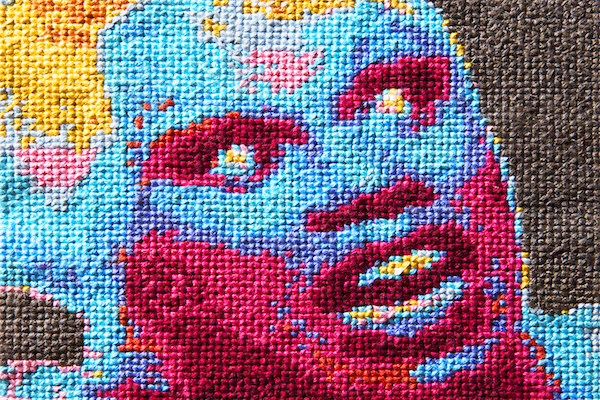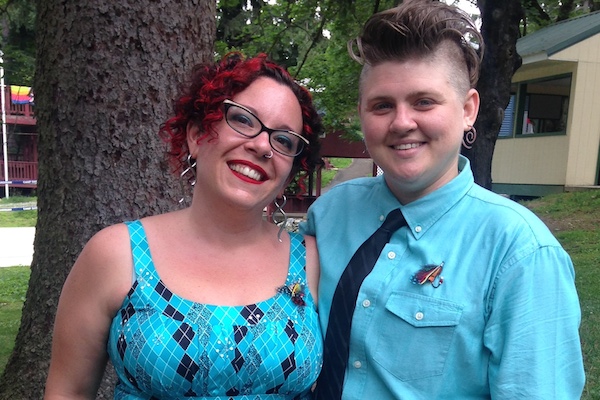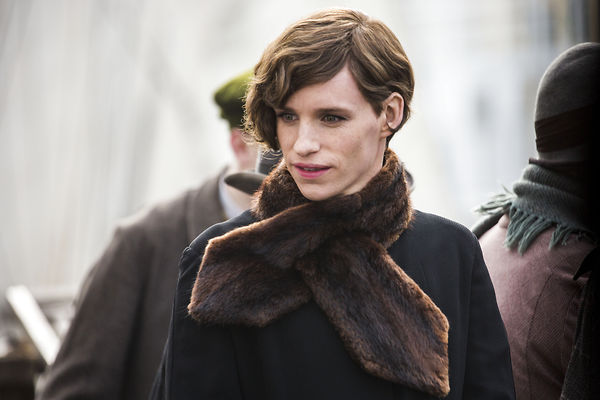
Queer Threads Combines Art and LGBTQ Identities
December 4, 2015
Freed Bodyworks: A Space For All Bodies
December 8, 2015An early-20th century heroine casts her long shadow down the decades in The Danish Girl, which compellingly portrays Lili Elbe’s landmark passage between genders and the tragic surgical attempt with which it ended.
Lili begins the film in 1920s Denmark as Einar Wegener, a respected landscapist married to Gerda Wegener, who is another talented painter. As she chases her ambitions on Copenhagen’s art scene, Gerda one day goads her husband into modeling in a set of women’s stockings. That seemingly benign act of transgression, to Gerda’s initial amusement and later terror, unleashes a long-repressed identity conflict in her husband that culminates in a transition to living as Lili.
Lili’s emergence strains their relationship in ways that may stretch the empathic powers of audiences. The couple lacked any of today’s terminology for understanding what they were experiencing, and each member sees Lili as an intruder in their lives—a stranger bent on displacing Gerda’s husband within his own body.
Yet where language failed, the producers of The Danish Girl draw on the unique strengths of film to portray, through gaze and touch, an enduring connection behind their love’s resiliency. While their marriage dissolved after Lili legally assumed her new identity, the women remained close until Lili died of complications from receiving the world’s first recorded gender-confirming surgery.
Director Tom Hooper has faced criticism for casting Eddie Redmayne as Lili, and indeed, it’s frustrating to see an established cisgender actor ride a transgender role toward yet another Oscar. Still, one cannot fault Redmayne’s portrayal. His stiff, calculated movements transform Einar’s elegant attire into a straitjacket, and his pained self-examination in mirror reflections and in Gerda’s paintings conveys aspects of gender dysphoria that, even today, remain hard to articulate.
That said, the film seems to beg the question: how much do we really know about the intimate lives of Lili and Gerda? Much of the portrayal in The Danish Girl is speculative—the film drew heavily on a 15-year-old novel that, in turn, relied chiefly on a posthumous 1933 biography—and viewers are left to wonder exactly which details are the wishful projections of modern-day filmmakers. As screenwriter Lucinda Coxon said last week in Washington, D.C., “Whenever people write about Lili, they have an agenda, either wittingly or unwittingly.”
Speaking alongside Coxon at a November 23 screening, producer Gail Mutrux voiced a note of regret that the film was not released before transgender people achieved their current level of mainstream visibility. The Danish Girl may not offer the first or last word on transgender lives and experiences, but it succeeds at establishing one piece of historical context for a people who have largely been banished from history books. It’s fortunate that the film offers a competent and sympathetic portrayal of Lili Elbe, whatever its flaws.





